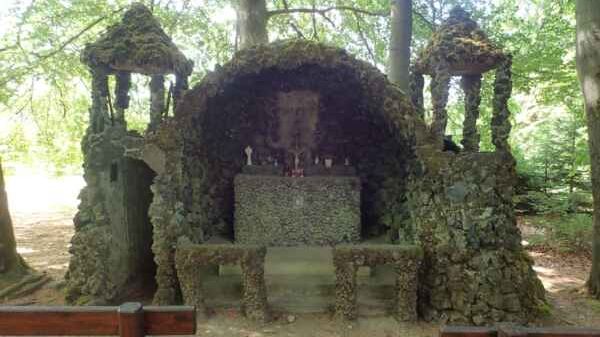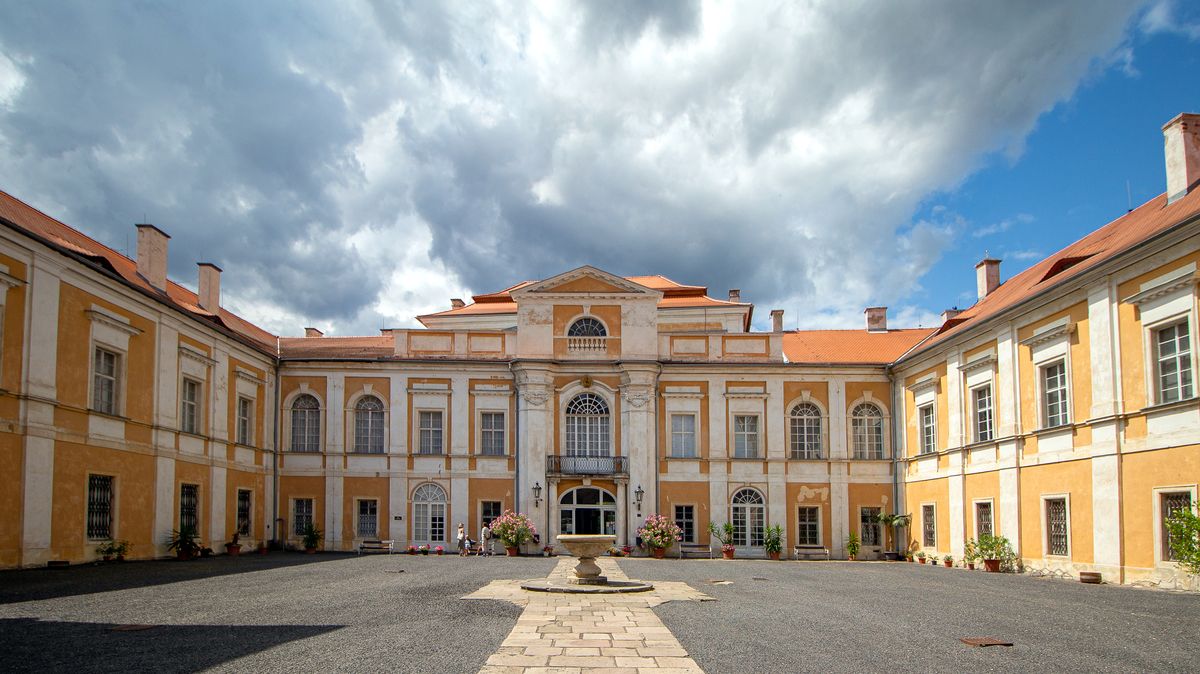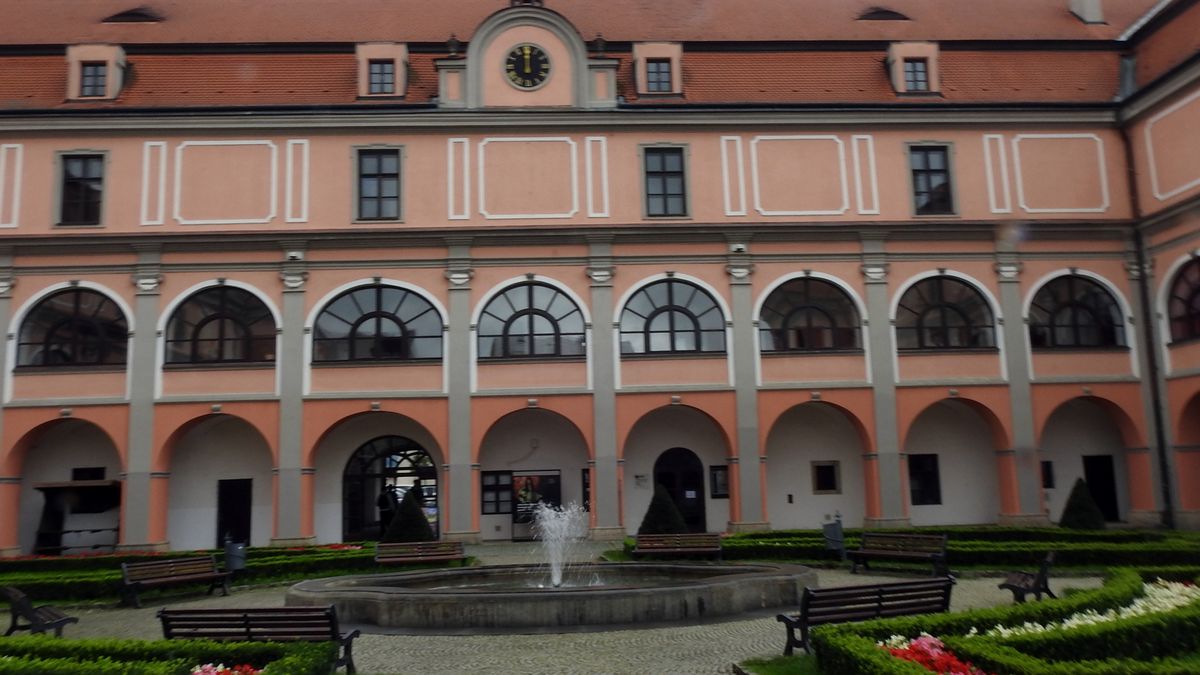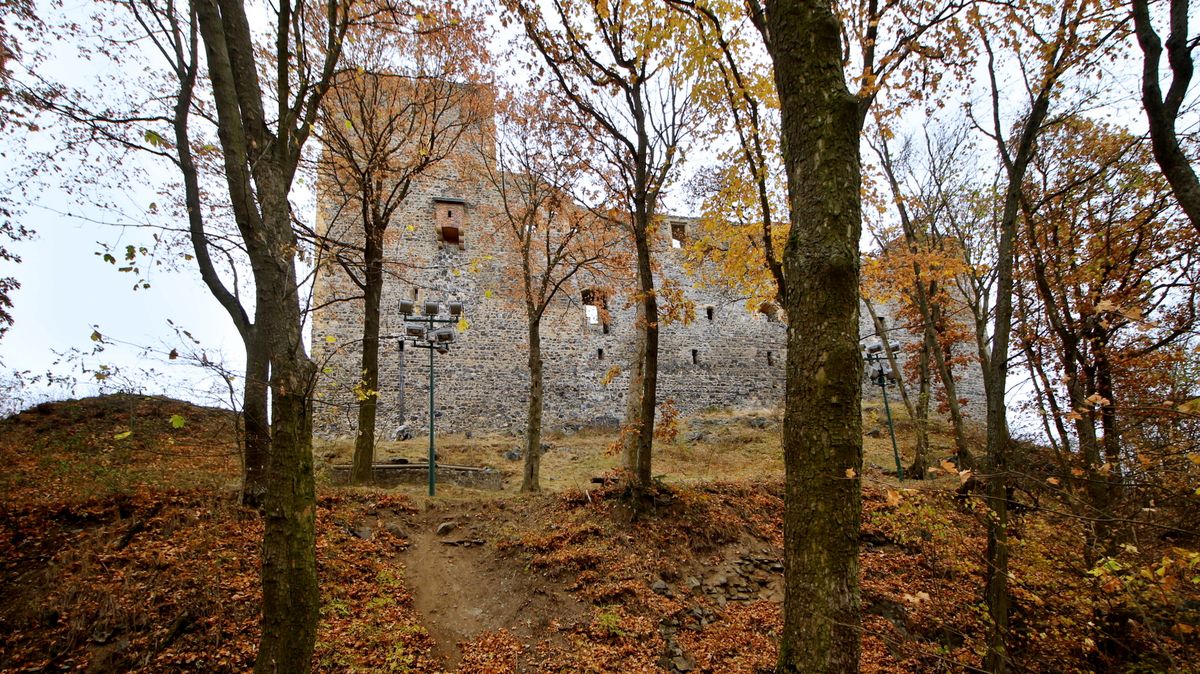At the top of the hill known by the gloomy name of Šibeniční vrch, there is an inconspicuous, yet strange building. The Chapel of the Holy Trinity in Olovo seems to have grown right out of the ground. Its dark walls, made of thick slag, covered with moss and lichen, exude a strange mixture of sadness, humility and peace. It is here that the town's past meets the legend that the locals have passed down for generations.
Chapel made of scrap iron
Unlike most Czech shrines, which were built of stone, brick or wood, the chapel in Olovo is exceptional because it was made from waste slag from the nearby ironworks. This material, the residue from the smelting of ore, was readily available and very strong at the time. As a result, the chapel has an unusual structure that gives it an almost "living" appearance, as if its walls were moving with each change of light.
According to historians, it was built at the beginning of the 19th century by master plasterer Josef Fischer. He came from Olovo and wanted to leave his town a monument that would unite the faith and work of the local inhabitants. However, he tragically fell from the scaffolding during construction and suffered fatal injuries. Since then, it has been said that his soul has remained tied to the chapel and footsteps can be heard at night, as if someone is constantly walking around making sure nothing happens to the building.
Gallows Hill, the meeting place of light and shadow
The name of this hill is not without reason. In the past, the town's gallows stood here and the place was long considered inhospitable. The chapel was meant to bring reconciliation, peace and spiritual renewal. Perhaps that is why it is said that the bell that once hung in the tower would ring itself whenever Lead was in danger, during fires, wars or floods. People believed that the sound of the bell protected the town and that the spirit of Master Fischer was pulling the rope. The last sounds were to be heard in 1945 when the front arrived in Sokolov. Since then it has remained silent. Some say that the bell is only heard when the town is truly threatened, and its sound is only heard by those who are pure of heart.
Secrets of the surrounding landscape
Those who go to the chapel today will experience a special atmosphere. The path winds through the forest, where the remains of old adits and mining pits can be seen among the trees, reminding us of the period when Olovo was prosperous thanks to mining. In the vicinity of the chapel you can also find the remains of stone foundations, which are said to have belonged to the guard house of an ancient executioner. Some visitors claim that it is here, under one of the large stones, that a small iron cross is hidden, which is said to have been placed on the original site of the execution ground.
Chapel today
Today, the Chapel of the Holy Trinity quietly occupies its place on the edge of the forest, surrounded by old spruce and maple leaves that take on a golden hue in autumn. In the past, local volunteers saved it from extinction and gave it new life. Every year, pilgrimage services and tourist stops are held here, during which people light candles not only in memory of the victims of the past, but also for those who contributed to the construction of the town. On a clear day, the view from the top of the hill overlooks the valley of the Svatava River, the ridges of the Ore Mountains and the town of Oloví itself, which lies as if in the palm of your hand. The forests around the chapel provide shelter for roe deer, foxes and sometimes even shy deer.
When the fog rolls in over Gallows Hill in the evening, the candlelight seems to flicker in the chapel, even though no one is inside. And those who are lucky are said to hear a soft tinkling in the distance, as if Josef Fischer's bell were waking up again.



